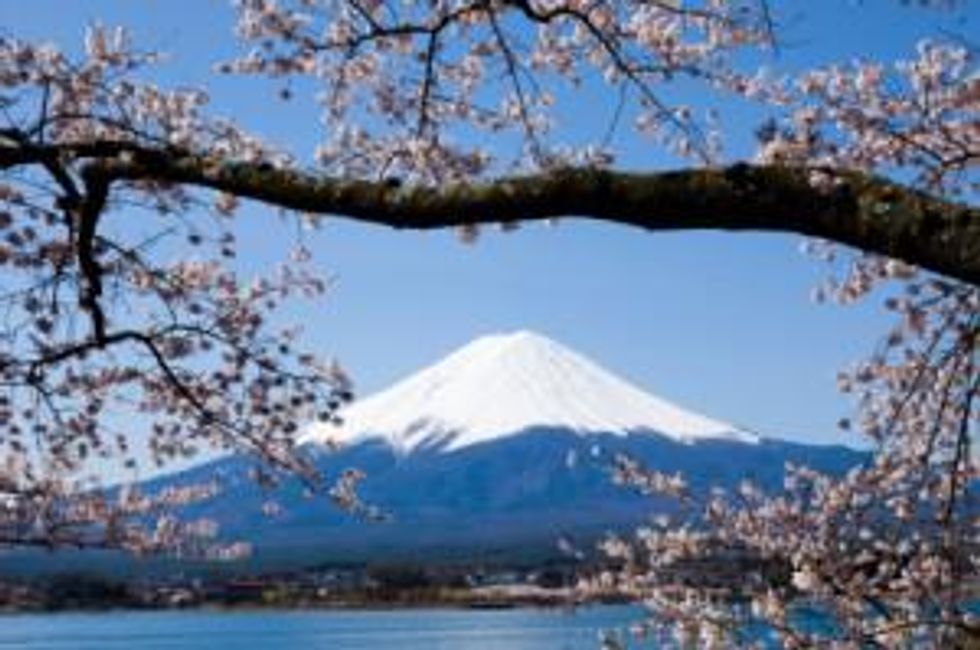Will Volcanic Activity Refuel Japan’s Reactor Restart Concerns?
Thus far it seems unlikely that volcanic activity at Japan’s Mount Ioyama will stop the country’s plan to restart the Sendai nuclear power plant.
Just under a month has passed since an eruption at Japan’s Mount Ontake killed 57 people and sparked anxiety about the restart of Kyushu Electric Power Company’s (TSE:9508) Sendai nuclear power plant. However, once again volcanic activity in the country is raising similar concerns.
News surfaced Friday that Ioyama, a mountain on Kyushu, an island in Southwestern Japan, “has been shaken by small tremors and other signs of rising volcanic activity recently.” The area around the crater is dangerous, and as a result the warning level on the mountain has been raised from the lowest level to the second lowest.
That said, Japanese authorities seem to be doing their best to keep the situation in perspective. ”There is an increase in activity that under certain circumstances could even lead to a small scale eruption, but it is not in danger of an imminent, major eruption,” Reuters quotes an official from the Japan Meteorological Agency’s volcano division as saying.
Will reactor concerns reignite?
As mentioned, the Mount Ontake eruption was a red flag for those opposed to restarting Japan’s 48 reactors, which have been dormant for safety checks since the 2011 Fukushima disaster. It led to a protest in Kagoshima, Uranium Investing News reported at the time, with participants arguing, “[n]o one knows when natural disasters, including earthquakes and tsunamis will strike. The fact that they could not predict the Mount Ontake eruption highlights that.”
No word yet on whether Friday’s news has led to similar comments, but given that Ioyama is located 64 kilometers from Sendai, it’s likely that it’s only a matter of time before they start coming.
There’s also been no word from Japan on whether the volcanic activity at Ioyama has changed its opinion on restarting Sendai. That said, it seems unlikely the situation will prompt the country to alter its course. Following the Mount Ontake eruption, the government was quick to explain that Sendai is in an entirely separate volcanic area from Mount Ontake; it also reiterated that the risks of restarting it are low and pointed out that the country’s need for the low-cost energy Sendai can provide is increasing.
In addition, as Reuters states, Japan’s Nuclear Regulation Authority (NRA) has remained steadfast in its belief that Sendai will not be affected by any volcanic activity despite the fact that — in addition to Mount Ontake and Mount Ioyama — it is located 50 kilometers from Mount Sakurajima, an active volcano that frequently erupts, and in the same region as five “giant calderas” caused by past eruptions. Indeed, before okaying Sendai’s restart back in July, the NRA described the chance of major volcanic activity during its lifespan as “negligible.”
Together, those statements make it clear that Japan is set on restarting Sendai, and barring an update from the government or the NRA, that’s what market watchers should expect to happen. If it’s able to pass operational safety checks and gain approval from local authorities, the plant could be up and running in early 2015.
Securities Disclosure: I, Charlotte McLeod, hold no direct investment interest in any company mentioned in this article.
Related reading:






